Keep or Not Keep
 If you had to guess the dollar amount of new, unopened items in your home, what would you guess? Don’t count food or paper goods. Count surplus items, unopened gifts, new clothing that hasn’t been worn, backup items, unopened craft items, new shoes that haven’t been worn, unopened tech toys, new books that haven’t been read, and any other such items. What would your guess be?
If you had to guess the dollar amount of new, unopened items in your home, what would you guess? Don’t count food or paper goods. Count surplus items, unopened gifts, new clothing that hasn’t been worn, backup items, unopened craft items, new shoes that haven’t been worn, unopened tech toys, new books that haven’t been read, and any other such items. What would your guess be?
It’s estimated that the dollar amount of new, unopened items in the average American household is $7000.00. Do you believe it? I didn’t until I started counting. So, start counting? What do you come up with? Please share.
There are many reasons we purchase things that we don’t end up using, just like there are many things we hold on to for no valid reason. Making decisions on what to keep or not to keep can be challenging. Are you having trouble making decisions? Is it a struggle for you to get rid of things? I’ve devised a Keep Quiz that will help. Here are the instructions. Ask yourself the following ten questions. Please answer them honestly, and then follow the rest of the instructions.
- Is it practical and will definitely be used?
- Does it hold value and significance to me?
- Does it fit my lifestyle and is exactly my taste?
- Would it be very expensive and time consuming to replace?
- Is it a genuine treasure and irreplaceable?
- Does it help me live the life I want to live?
- Is it one-of-a-kind and unique?
- Was it hand-made just for me?
- Does it hold tremendous personal value to me?
- Does it bring me joy?
If you answer yes to 6 or more of the questions, yeah for you. It’s a keeper. If you answered yes to only 1 or 2 questions, it’s time to let it go. If you answered yes to 3-5 of the questions, give yourself 3 months to use the item. Put a sticky note on the item with the use-by-date. If, in 3 months, it hasn’t been used, let it go. However, if the item is meant for display, put it in a prominent place for 3 months. At the end of 3 months take the Keep Quiz again and see if you get different numbers.
How did you do on the Keep Quiz? Did it prompt you to take some action? I hope so. Please share.
© May 2017 Janine Cavanaugh, Certified Professional Organizer® All Rights Reserved


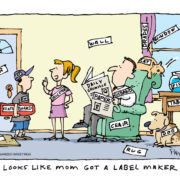














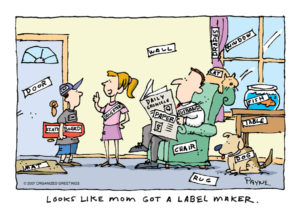
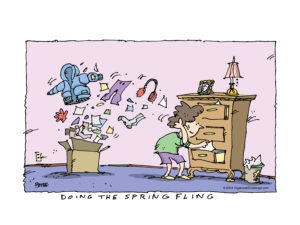
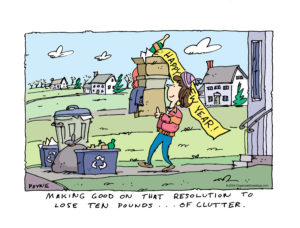
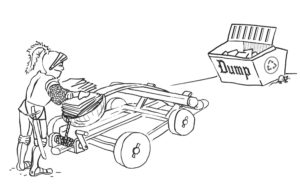

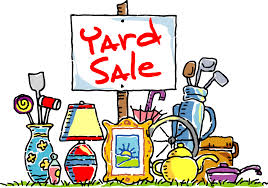
 We’re entering yard sale season. If you’re planning on having one, follow this simple rule. Pick a charity before your yard sale and make a rule that all unsold items go directly to that charity. Nothing gets returned to the house, attic, basement, or garage. A few local charities that I support are
We’re entering yard sale season. If you’re planning on having one, follow this simple rule. Pick a charity before your yard sale and make a rule that all unsold items go directly to that charity. Nothing gets returned to the house, attic, basement, or garage. A few local charities that I support are 





Follow Me